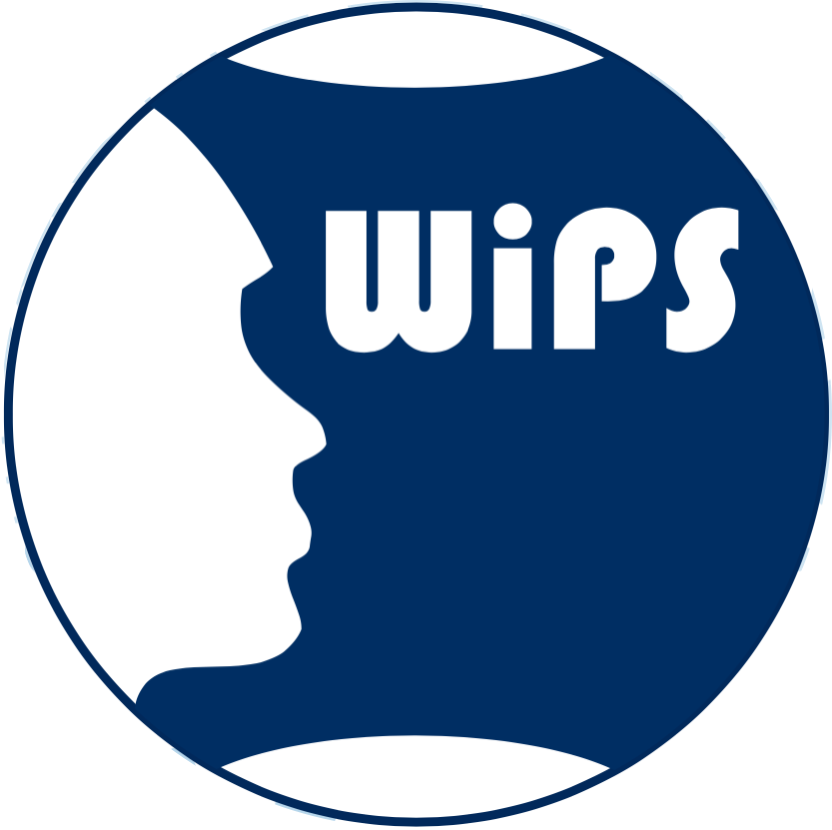Prof. Helen Amanda Fricker
Scripps Institution of Oceanography, UC San Diego (USA)

Helen, in dark hat and sunglasses, is in front of an icy sea with bergy bits floating behind her.
What’s the work that you do?
I am a professor whose research focuses on ice sheets in Antarctica and Greenland and their role in the climate system. I use a combination of satellite radar and laser altimetry and other remote-sensing data to understand ice sheet processes. My main research involves ice shelves, and their role in buttressing grounded ice. Our group investigates Antarctic ice shelf mass loss/gain processes such as iceberg calving and basal melting and freezing, that result from competing ocean, atmosphere and glaciological processes. I am interested in subglacial hydrology following my 2006 discovery of a system of active subglacial lakes.
What keeps you going?
I am driven by my passion for understanding the world we live in, and how it is changing, and how humans play a role in that change. I feel like it is my duty to report what I know to others.
What’s your message to the world?
Earth is changing on timescales of a few decades, so we can now see the differences within our own lifetimes. I recently went on a trip to Antarctica and a highlight was our visit to our farthest destination — the Larsen A inlet on the Antarctic Peninsula, in the NW Weddell Sea. This area is “ground zero” for Antarctic Ice Sheet change, as Larsen A Ice Shelf collapsed in 1995, followed in 2003 by Larsen B to its south. When Larsen A collapsed, I was a 1st year PhD student in Hobart. A couple of years later I attended a conference talk where its collapse was presented as a sequence of satellite images, and attributed to warming air temperatures driving surface melting and “hydrofracture”. The image sequence was so stunning and the collapse so rapid that it took us all by surprise; I recall many of us in the audience being so shocked that we gasped and dropped our jaws to the floor. This was a big wake-up call for our community as until then we thought ice sheets changed slowly. It was not so much the collapse of the ice shelf that caused alarm — that ice is already floating — but the fact that the ice behind the ice shelves, that sits on land, began to flow faster into the ocean. This is because ice shelves act like a buttress for the grounded ice; if you weaken that buttress, the ice it is holding back will flow faster. So the Larsen A collapse event was especially significant for glaciologists. We navigated and pushed through thick sea ice for many hours, and eventually launched the Zodiacs to take us through the ice mélange to the shore at Cabe Sobral. This was the former ice sheet grounding line (where it met the ocean and formed Larsen A Ice Shelf) and it is now an ice-free beach. It turns out that we were the first people to have landed on that new beach, and we saw a running stream with algae in it showing that this region has already started adapting to the deglaciation. It was an honour to experience this, but also shocking to think that this has only happened since I was a student.
Organisation: Scripps Institution of Oceanography, UC San Diego (USA)
Nationality:
UK
Disciplines:
